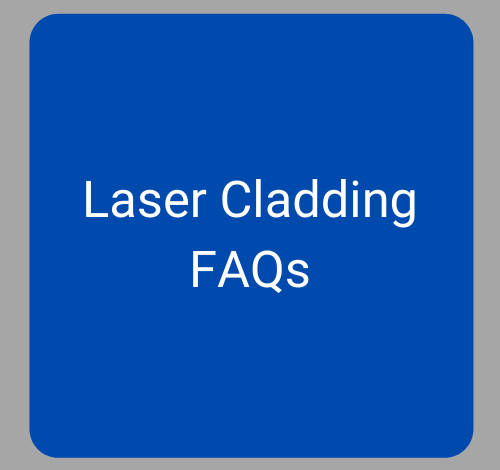In Laser Cladding process , a laser beam is used as the heat source to melt powder or wire based material onto the surface of another material or component giving a fully dense, homogeneous and metallurgically bonded coating layer.
It is done to improve surface properties giving wear, impact and corrosion resistance to the components. Laser cladding is used in repair manufacturing of high value components, additive manufacturing as well as cladding new parts where the above mentioned properties are desired.
The heat input in the laser cladding process is very low. It gives following advantages
- Minimum distortion
- Less heat affected zone
- Minimum dilution of deposited material in the substrate (typically <5%)
Laser Cladding is an automated Process. Automation gives us some advantages
- Accurate control over heat input
- Process stability and reproducibility is excellent
- Near net shape cladding
Due to these factors, the coating is fully dense, homogeneous and has fine microstructure. Also, the coating forms a metallurgical bond with the base material, which does not wear off easily as compared to convection thermal spray coatings.
Depending on the desired surface properties a variety of materials can be deposited, some of them include:
Cobalt based alloys (Stellites), nickel based alloys, Carbides (tungsten carbides), Iron based alloys to name a few.
Laser cladding is currently being used in the following areas
Oil and gas industry, downstream drilling tools, Mining equipment, shafts , automotive components, agricultural tools, heat exchangers , shafts, valves, aerospace components to name a few.
Yes, laser cladding can be done in Internal diameter.

